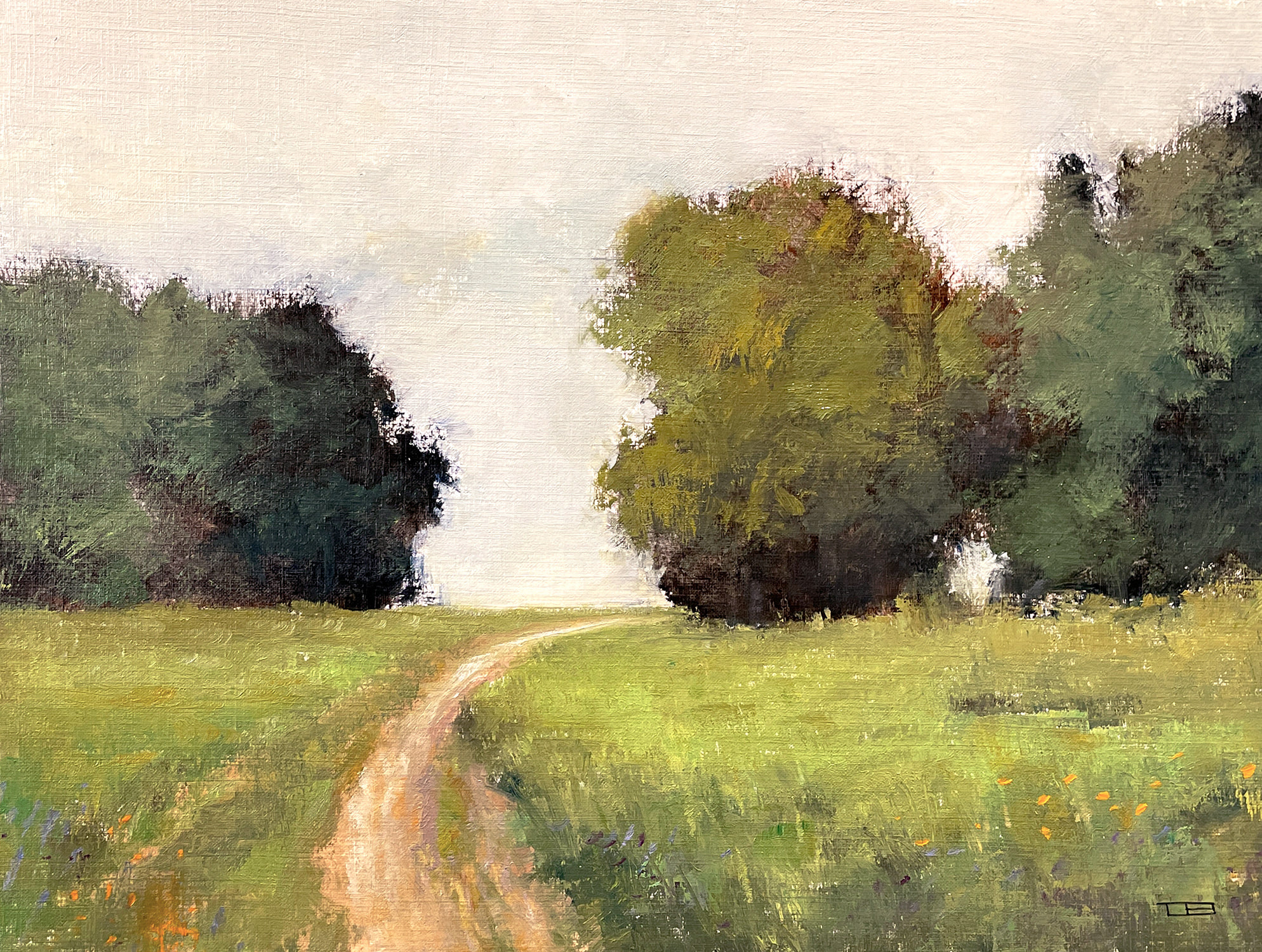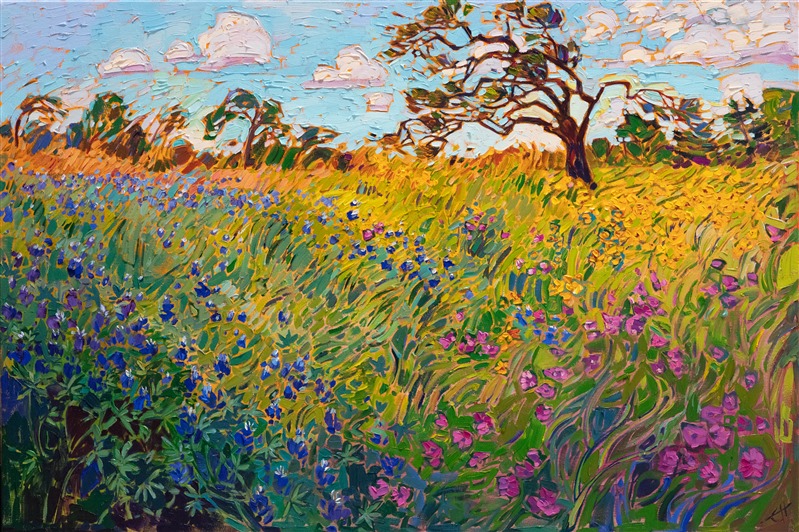Browse Expressive Figurative Oil Paintings for Sale
Browse Expressive Figurative Oil Paintings for Sale
Blog Article
Discovering Everything About Oil Paints: An Overview to Comprehending Their Charm and Value
Oil paintings have astounded audiences for centuries, supplying a glance right into the artistic proficiency of numerous ages. Their abundant history is linked with ingenious strategies and extensive psychological expression. Comprehending the materials and approaches behind these artworks can enhance gratitude. Furthermore, the market for oil paints offers possibilities for investors and collectors alike. As one discovers this interesting world, the inquiry develops: what makes an oil painting absolutely beneficial?
The History of Oil Paint: A Journey Through Time
Oil painting has origins that date back to ancient times, it genuinely flourished during the Renaissance, when artists discovered its convenience and abundant color capacity. Early instances can be mapped to the 7th century, with techniques progressing significantly across societies. The tool came to be popular in Northern Europe in the 15th century, specifically with the works of artists like Jan van Eyck, that pioneered its usage for comprehensive realistic look and dynamic hues. This period marked a departure from tempera paints, enabling higher deepness and texture. As oil paint spread, it affected numerous musicians, leading to work of arts by renowned numbers such as Leonardo da Vinci and Rembrandt. The medium's legacy proceeds, forming the art globe well into modern times.
Recognizing Oil Repaints: Products and Techniques
As musicians discover the globe of oil paints, they experience a varied selection of materials and methods that define this medium. The key components of oil paint consist of pigments, which provide color, and drying oils, such as linseed, that bind the pigments and facilitate application. Various additives can customize the paint's texture and drying time, improving convenience. Methods like glazing, where clear layers are built up, and impasto, which involves applying thick paint, permit different aesthetic impacts. In addition, the usage of brushes, palette knives, and even fingers can create distinct appearances and coatings. Understanding these strategies and materials allows artists to completely reveal their imagination and accomplish the preferred effect in their artwork.
The Role of Shade in Oil Paintings
Color plays an essential function in oil paintings, affecting both visual charm and emotional vibration. Recognizing shade theory essentials, consisting of the relationships in between colors, can improve an artist's ability to share state of mind and environment. Additionally, understanding shade mixing strategies enables higher depth and splendor in a painting's scheme.

Shade Concept Essential
Recognizing shade concept is crucial for artists working with oil paints, as it forms the structure for developing unified and visually appealing structures. Color theory includes the study of how shades connect, the shade wheel, and the connections between key, second, and tertiary shades. Artists make use of complementary colors to boost contrasts and develop focal factors, while analogous colors advertise unity and cohesiveness within a piece. Additionally, the principles of amazing and cozy colors affect the understanding of deepness and room in a painting. Realizing these concepts permits artists to adjust color properly, directing the visitor's eye and interacting their designated message. Proficiency of shade theory eventually enriches an artist's capacity to convey emotions and concepts through their work.
Psychological Impact of Shade
The psychological impact of color in oil paints plays an important duty in how audiences attach and view with artwork. Colors stimulate specific sensations and moods, affecting the viewer's emotion. Warm colors like oranges and reds can produce a sense of warmth and power, while trendy tones such as blues and greens commonly evoke peace or self-contemplation. Artists tactically pick shade schemes to boost narrative elements, guiding the audience's psychological trip. The saturation and contrast of shades additionally enhance these impacts, attracting focus and creating focus. Inevitably, the interaction of colors in oil paintings not just enhances their aesthetic charm yet additionally serves as a powerful medium for psychological expression, enhancing the audience's experience and interpretation.
Shade Combining Techniques
While numerous elements of oil paint contribute to the general composition, understanding color mixing methods is necessary for attaining preferred effects and deepness. Shade blending can be come close to through various methods, consisting of the subtractive and additive procedures. Additive blending includes incorporating shades of light, while subtractive blending counts on pigments, where shades blend to create new shades. Musicians frequently use a limited palette to create unified works, understanding the relationships in between key, secondary, and tertiary colors. Techniques such as glazing and scumbling further improve depth and luminosity. By skillfully blending shades, an artist can stimulate feelings, produce centerpieces, and accomplish a sense of realistic look, inevitably raising the painting's visual and psychological impact.
Famous Oil Painters and Their Iconic Functions

Famous for their proficiency of shade and technique, oil painters have produced several of the most well known artworks in background. Prominent musicians like Vincent van Gogh astounded target markets with his emotive brushwork in "Starry Evening," while Claude Monet's "Perception, Dawn" laid the groundwork for Impressionism. Leonardo da Vinci's "Mona Lisa" stays an enduring symbol of creative genius, showcasing his ability in capturing human expression. Rembrandt's "The Evening Watch" shows his ingenious use of light and shadow. Other significant numbers include Pablo Picasso, who transformed modern-day art with his strong testing in works like "Les Demoiselles d'Avignon," and Georgia O'Keeffe, whose vivid representations of landscapes and blossoms assisted specify American innovation. Each artist's special style added greatly to the oil painting landscape.
Exactly how to Review the Quality of an Oil Paint
Reviewing the high quality of an oil paint includes a careful assessment of workmanship techniques, along with an analysis of color and composition. Observing brushwork, layering, and the application of paint can disclose the musician's ability level. Furthermore, the interaction of shades and the total plan of elements contribute substantially to the painting's aesthetic value.
Examining Craftsmanship Methods
A careful analysis of craftsmanship techniques is crucial for identifying the top quality of an oil paint. Evaluators should initially analyze the application of paint; thick, distinctive brushstrokes may recommend a knowledgeable hand, while excessively consistent applications might show a lack of deepness. oil paintings for sale. The layering technique is additionally important; the visibility of glazes and differed thickness can boost brightness and intricacy. Additionally, the high quality of the products used, such as the canvas and pigments, plays a substantial role in durability and general visual. Attention to information in components like edges and shifts in between colors reflects the musician's dedication to their craft. Ultimately, these methods add to the paint's psychological influence and market price, acting as indications of the artist's skill and intent
Examining Shade and Composition
While assessing the top quality of an oil paint, one need to concentrate on the interaction of color and make-up, as these elements are fundamental to the artwork's general impact. Shade options can develop and stimulate emotions state of mind; as a result, the artist's combination need to be taken a look at for harmony and contrast. A healthy composition guides the customer's eye and creates a feeling of unity. Musicians commonly employ methods like the policy of thirds or leading lines to enhance visual rate of interest. In addition, making use of light and darkness can include deepness, enhancing the three-dimensionality of the paint. Eventually, an effective oil paint weds color and structure, engaging the visitor and welcoming a deeper gratitude of the artist's vision and method.
Taking care of and Preserving Oil Paintings
Correct treatment and preservation of oil paints is necessary for keeping their integrity and longevity. To safeguard these artworks, it is crucial to present them far from straight sunshine, which can cause fading and staining. Maintaining a steady environment with regulated temperature level and moisture further help in avoiding damage. Cleaning up ought to be done gently making use of a soft, completely dry towel, avoiding any kind of extreme chemicals that might damage the paint or varnish. Routine assessments for signs of deterioration, such as flaking or cracking, are recommended. When keeping or transferring oil paints, correct cushioning and framework are needed to avoid physical injury. Ultimately, attentive care adds to the visual allure and value of oil paints over time.
The Marketplace for Oil Paintings: Spending and collecting
Recognizing the market characteristics for oil paints is necessary for collectors and financiers alike. The worth of these art work is affected by numerous elements, including the musician's online reputation, historic significance, and current fads. Collectors frequently look for pieces that reverberate personally while considering possible gratitude in worth. Auctions and galleries work as primary locations for trading, with prices rising and fall based on need and rarity. Investing in oil paints requires study into the marketplace, as well as an understanding of credibility and provenance. Additionally, emerging musicians might use possibilities for significant returns, while established names can command high prices. In general, a strategic approach to collecting can yield both aesthetic enjoyment and financial benefits.

Frequently Asked Concerns
What Are the Ecological Influences of Oil Painting Materials?
The environmental effects of oil paint materials include the more info release of unpredictable natural substances (VOCs), harmful waste generation, and source extraction for pigments. These factors add to pollution and environmental destruction, raising issues among ecologically mindful musicians and customers.
Just How Do Various Canvases Influence Oil Painting Results?
Different canvases influence oil painting results significantly. Appearance, surface area, and absorbency top quality can alter paint application, drying times, and shade vibrancy. Artists typically pick certain canvases to accomplish preferred impacts and enhance their artistic expression.
Can Oil Paintings Be Restored if Damaged?
If harmed, Oil paints can certainly be restored. Expert conservators make use of various methods to repair rips, clean surfaces, and address staining, ensuring that the art work retains its original beauty and worth for future generations.
What Are the Indications of an Original Oil Painting?
The signs of an initial oil painting consist of noticeable brush strokes, appearance variants, and an irregular canvas weave (oil paintings for sale). Furthermore, authenticity might be verified through provenance, signatures, and the presence of a varnish layer distinct to oil mediums
Exactly How Has Modern Technology Influenced Modern Oil Paint Techniques?
Technology has greatly influenced contemporary oil paint strategies by presenting electronic devices for planning, boosted materials for appearance and durability, and on-line platforms for sharing and selling art, thereby broadening artists' innovative opportunities and audience get to. Oil painting has roots that date back to old times, it really thrived during the Renaissance, when musicians uncovered its adaptability and abundant color potential. The psychological influence of color in oil paintings plays a crucial role in just how customers view and link with art work. While numerous aspects of oil paint add to the overall composition, understanding shade mixing methods is necessary for accomplishing desired results and deepness. Examining the quality of an oil paint includes a careful analysis of workmanship techniques, as well as an evaluation of color and make-up. While examining the quality of an oil painting, one have to concentrate on the interplay of shade and composition, as these aspects are essential to the art work's total influence.
Report this page